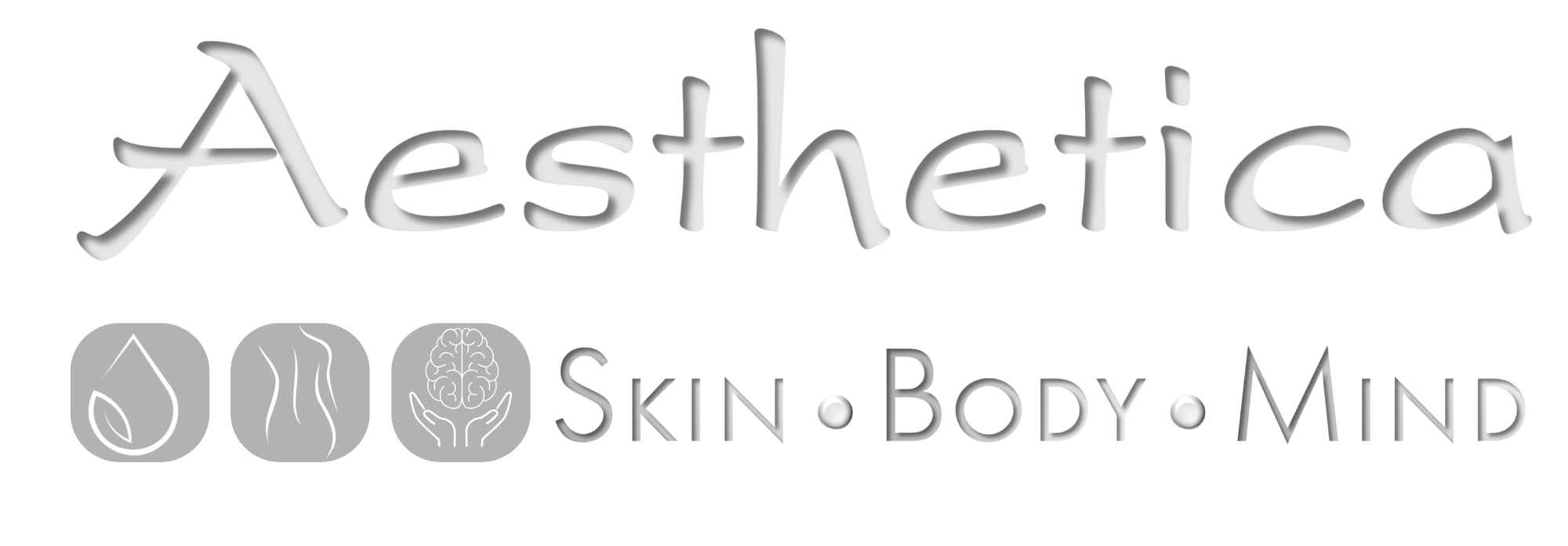Carbon dioxide (CO2) therapy, also known as carboxytherapy, is a treatment for dark circles around the eyes, double chin and tightening the skin around the neck. The administration of medical CO2 for therapeutic purposes is a technique that originated in France in 1932. The treatment was carried out through the skin by heated carbonated water baths or the application of water-saturated CO2 directly to patients’ skin. The FDA approved carboxytherapy by infusing CO2 directly under the skin. Succeeding studies described carboxytherapy treatment’s effectiveness to reduce under-eye circles by increasing blood flow to the eyelid. It also aids with collagen repair and the destruction of fatty deposits. Therefore, do we at Aesthetica Skin Centre, treat fatty deposits that cause double-chin, and we also tighten the skin around the neck successfully with carboxytherapy.
References:
Carboxytherapy World (2008). What is carboxytherapy? Retrieved from: http://carboxytherapymiami.com/information.html
Georgia, S.K., Lee, K. (2016). Quality survey on efficacy of carboxytherapy for localised lipolysis. Journal of Cosmetic Dermatology, 15, 484-492. https://onlinelibrary.wiley.com/doi/pdf/10.1111/jocd.12242
Nach, R., Zandifar, H., Gupta, R., Hamilton, J.S. (2010). Subcutaneous carboxytherapy injection for aesthetic improvement of scars. Head and Neck Institute, 89,(2), 64-66. https://journals.sagepub.com/doi/full/10.1177/014556131008900204
Pianez et al. (2015). Effectiveness of carboxytherapy in the treatment of cellulite in healthy women: A pilot study. Cosmetic and Investigational Dermatology, 9, 183-190. https://www.dovepress.com/effectiveness-of-carboxytherapy-in-the-treatment-of-cellulite-in-healt-peer-reviewed-fulltext-article-CCID
Weatherspoon, D. (2018). What you should know about carboxytherapy. Healthline. Retrieved from: https://www.healthline.com/health/carboxytherapy
Collections: Facial Procedures
